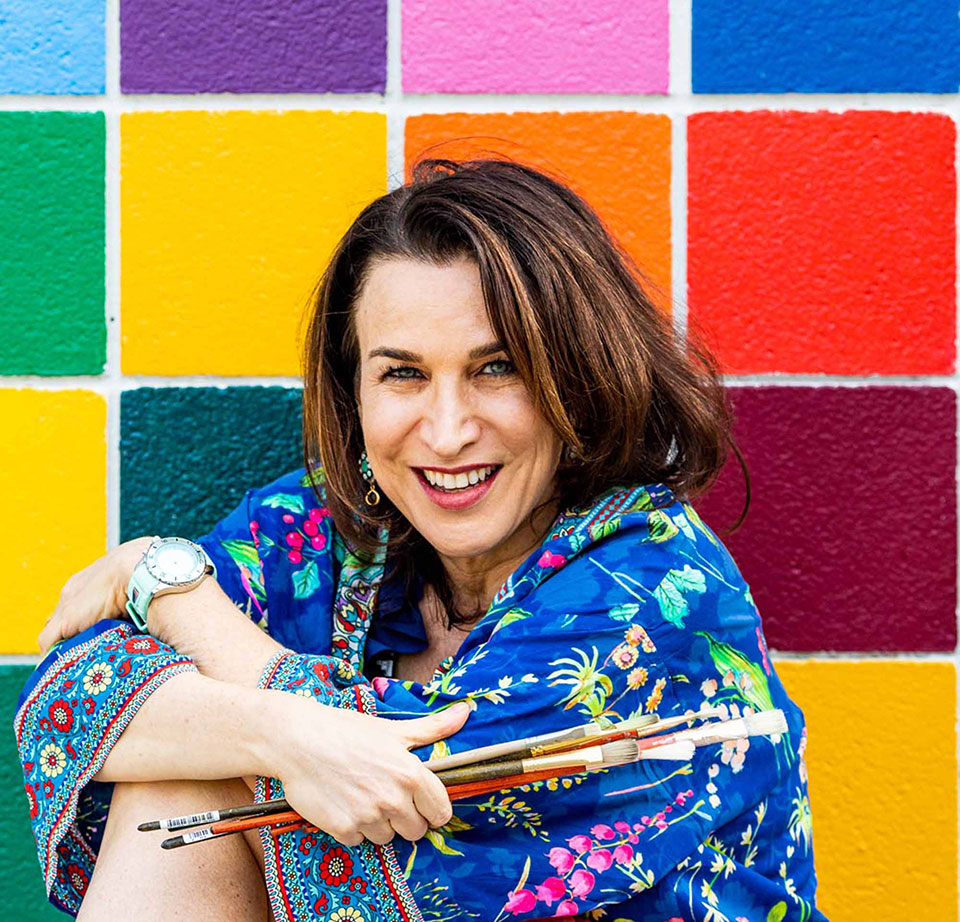3 Tips to Elevate Your Brand

The best way to make your product high end is to price it at a premium. The higher pricing creates an immediate perception of value. A lot of business owners are afraid to charge more for their product or services because they have limiting beliefs about their buyers. There are many consumers out there who will invest in luxury brands and products.
In the 1990 movie Pretty Woman, Julia Roberts agrees to be Richard Gere’s ladylike companion for an event-packed business week in Beverly Hills. To look the part, he hands her his gold card with instructions to buy whatever she wants on Rodeo Drive. However, the boutique saleswomen don’t trust she has the means to purchase anything and refuse to wait on her. After a more successful shopping spree elsewhere, spending an obscene amount of money at other stores, Roberts returns to the same boutique. This time she’s dressed to the nines and loaded down with shopping bags. Smugly, she asks the dismissive salespeople if they work on commission and when they say they do, she adds, “Big mistake.”
Unfortunately, not believing in your buyer’s willingness to pay premium prices happens all the time and will sabotage your results. Entrepreneurs with limiting beliefs think that low-priced art is easier to sell, but the truth is those high-end buyers will think something is wrong with goods that are under-priced.
Don’t Let Fear Drive Your Pricing Strategy
Since your brain has evolved for survival rather than goal setting, whenever you feel uncomfortable your brain will come up with narratives that limit you. Not believing in your buyers willingness to pay a premium for services is one example of a limiting belief that sabotages your success. Your brain doesn’t know the difference between the risk of raising your price versus the risk of getting eaten by a tiger, only that fear is present.
You may price low because raising your prices creates a fear that someone may not buy from you. However, price isn’t always the deciding factor and lower prices may hurt your sales. For example, cheaper wine is harder to sell than higher priced bottles. This is why it’s time to start telling our smart brain better stories based on how buyers actually think and respond.
Here’s 3 tips for how to elevate your brand through prestige pricing:
- Appeal to your buyer’s emotions. The high end buyer is not looking to fill a need or even necessarily make an investment. For this buyer, the #1 driver is how that product makes them FEEL. This feeling, something that’ll make you feel good, will always drive the price higher than something that just solves a problem. You need to focus on how your service or product will make them feel special and increase their status. The more you can tap into their emotion, the higher prices you can command. Offering your goods at a premium price is a shortcut to immediately elevating your customer’s perception of your brand. For example, being able to afford a luxury such as a Rolex watch indicates to others that you’re part of an elite crowd.
- Symbols matter. Have you ever noticed how fancy restaurants always round their prices? Sometimes, they don’t even use the “$” sign on the menu. Researchers from Cornell Hotel School found that people given a menu without dollar signs spent significantly more than those who received a menu with them. This is because it reduced the transactional experience of the number. When I’m asked to quote numbers online via email or messenger, I’ll leave off the dollar symbol and also the commas. For example, if a painting is $2,000, I will quote the price to my customer as 2000 or 2000USD.
- Round your numbers. When I used to sell my art on eBay, they advised sellers to price past the decimal point to increase sales. That’s because eBay attracts bargain hunters. You’ll notice that places like Walmart also price their offerings to the penny. They’re telling their customers that pennies matter and as a result attract penny-pinching customers. When you’re selling art, a luxury, you want to do the opposite and communicate value. When you walk into a high end retailer such as Tiffany’s or Bergdorf Goodman, you’ll notice all the numbers are rounded.
Rounded numbers are known as “prestige pricing.” A 2015 research study by Kuangjie Zhang and Monica Wadhwa proved that rounded numbers are processed by the “feeling” part of the brain whereas non-rounded numbers (or those using “charm pricing”) are processed by the logical part of the brain. Their research showed that consumers were more inclined to buy a bottle of champagne when it was priced at $40.00, rather than $39.72 or $40.28. Which part of the brain do you want your customers to be using when shopping? The feeling part of the brain!
When looking to elevate your brand, focus on the feelings you want your customers to have, not your own discomfort in playing a bigger game. Believe in your buyer’s willingness to pay higher prices. When you develop this mindset you won’t succumb to the temptation to lower prices in the hopes to increase sales. Know that pricing your goods and services at a premium not only maximizes your profits but also enhances your brand’s value and reputation.
Written by Miriam Schulman.
Bring the best of the CEOWORLD magazine's global journalism to audiences in the United States and around the world. - Add CEOWORLD magazine to your Google News feed.
Follow CEOWORLD magazine headlines on: Google News, LinkedIn, Twitter, and Facebook.
Copyright 2025 The CEOWORLD magazine. All rights reserved. This material (and any extract from it) must not be copied, redistributed or placed on any website, without CEOWORLD magazine' prior written consent. For media queries, please contact: info@ceoworld.biz








